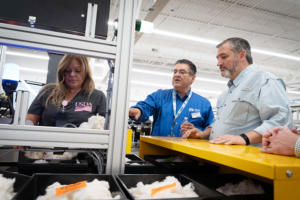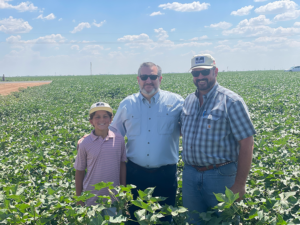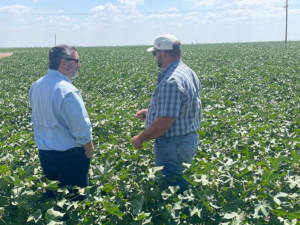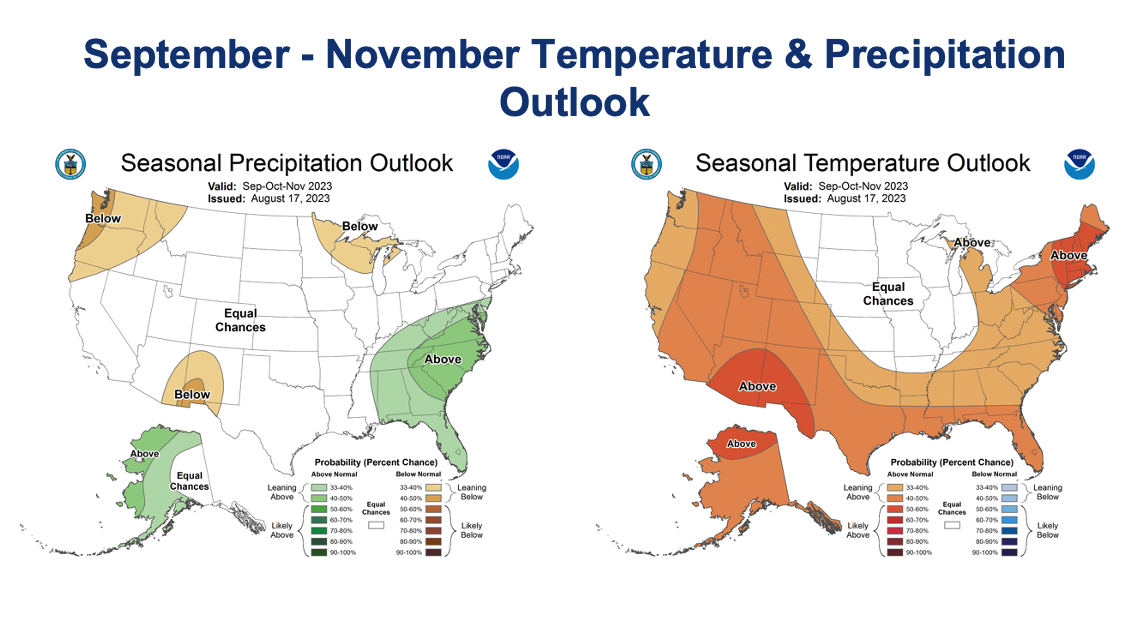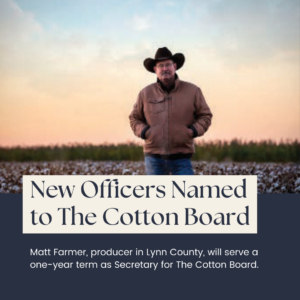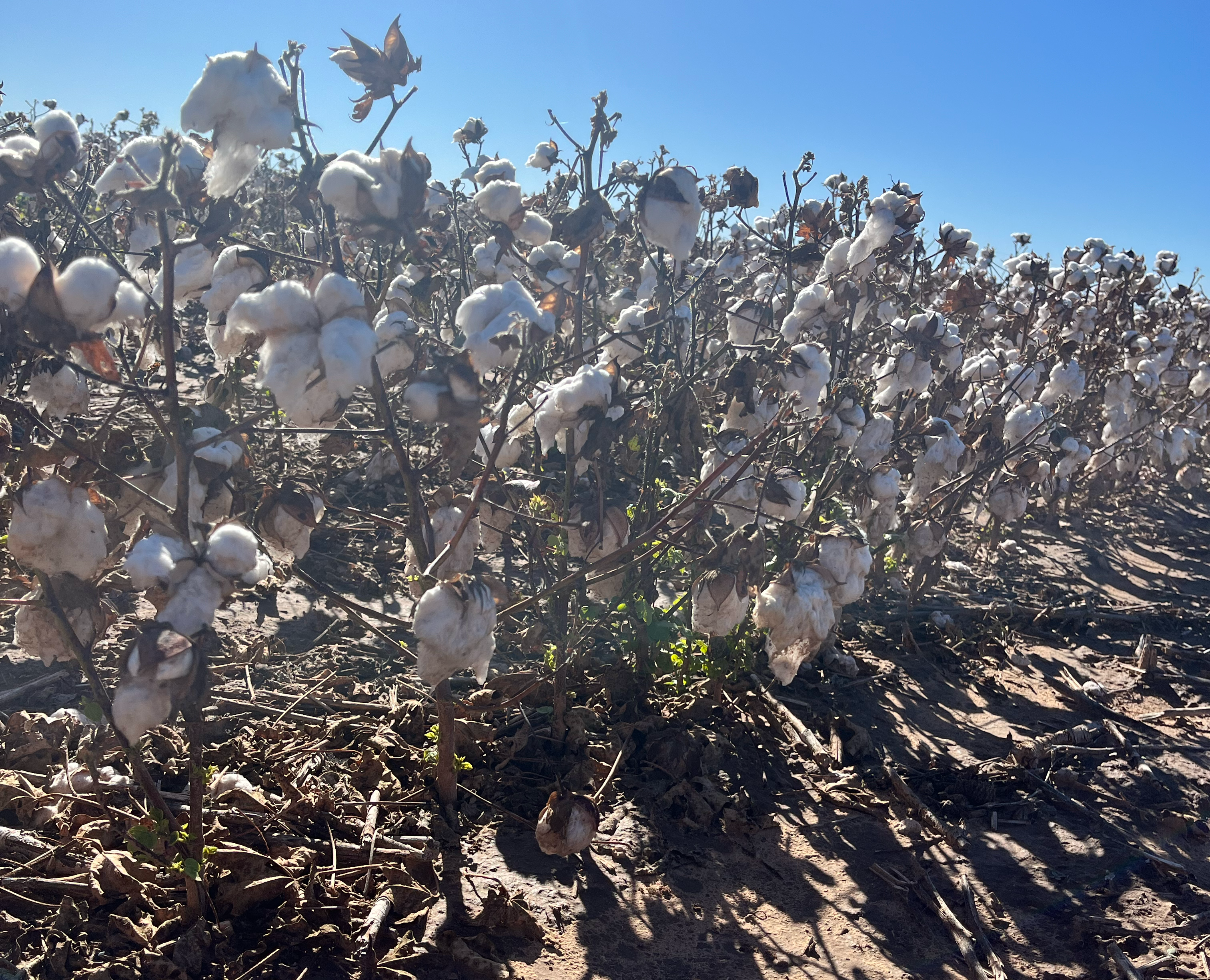
Welcome to the October 27, 2023 issue of Cotton News, a service provided by Plains Cotton Growers Inc. for the cotton industry in the Texas High Plains and beyond.

A drip-irrigated field in Hockley County.
2022 Emergency Relief Program Released: USDA Has Failed Production Agriculture
After waiting for almost a year after Congress passed legislation appropriating over $3 billion in funds for the 2022 Emergency Relief Program (ERP) for row crops to supplement weather-related challenges due to disaster to help farmers and ranchers, the U.S. Department of Agriculture has now officially released details of the program.
In a statement released by USDA, USDA Farm Service Agency (FSA), Administrator Zach Ducheneaux stated, “2022 was another year of weather-related challenges – for some, the third consecutive year or more in a row. The financial impact to a family farm or ranch in one year is significant but the cumulative impact of multiple years can be devastating.”
While we could not agree more that 2022 was one of the most catastrophic crop years on record for the High Plains cotton industry and others, the current USDA administration has ultimately failed production agriculture in the development of this program. They have failed to recognize the perils of the common U.S. agriculture producer that we rely upon to provide the food and fiber to the U.S. and the world.
We have observed continuous efforts by the administration to undermine family farming and ranching operations that are solely dependent upon agriculture for their livelihood in service to our nation, despite recent hardships to feed and clothe the nation. It’s truly unfortunate that the current Administration, after countless meetings and comments from PCG and others, are unwilling to listen to the farming and ranching community when we ask for much needed, meaningful support to help weather the challenging times we have succumbed to from circumstances outside of our control.
The U.S. agriculture economy has experienced unprecedented disaster events such as extreme drought, hurricanes, excessive moisture, wildfires and other related events. There have been recent programs developed under the current administration, such as the ERP program for the 2020 and 2021 crop years, that was very timely and provided helpful assistance that allowed production agriculture to survive.
So, once again, we implore the Administration and USDA to dispense with the political development of farm programs that has become an unprecedented factor; implement a program that is financially helpful to those that regularly feed and clothe our nation and the world; and, simply put, get back to the basics of focusing on the nation’s agriculture economy from which this very country was built.
West Texas Cotton Quality Report for the 2023 Season
Byron Cole serves as deputy director of the Grading Division for the U.S. Department of Agriculture (USDA) Agricultural Marketing Service (AMS) Cotton and Tobacco Program. Today, (October 27, 2023) Cole presented an overview of the 2023 cotton quality classing season.
Roughly 1.5 million bales have been classed in Texas, predominantly by the Corpus Christi office.
Cole showed a comparison of West Texas quality from 2022 to the current season (through October 24). What has been classed in West Texas thus far in 2023 shows an average 21 color grade, 2.5 leaf grade, 4.3 micronaire grade, 30.4 strength grade, 1.1 length grade and 81 uniformity grade.
In the 2022 season, West Texas cotton averaged 31 color, 2.8 leaf, 4.1 micronaire, 30.6 strength, 1.13 length and 80.6 uniformity.
Regarding extraneous matter, West Texas has more bark issues than they do plastic calls. It’s early in the season, but only 26 plastic calls have been made to date.

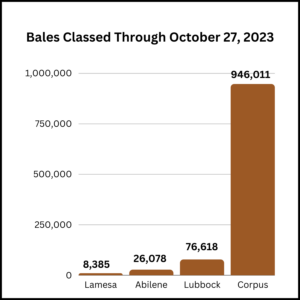


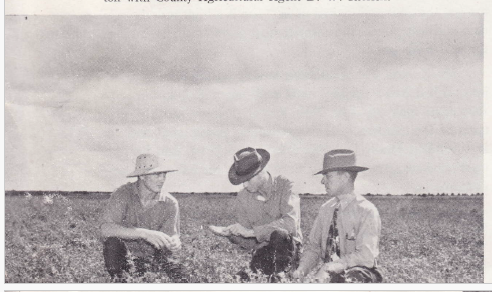
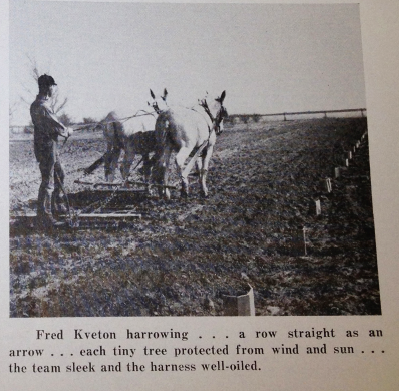
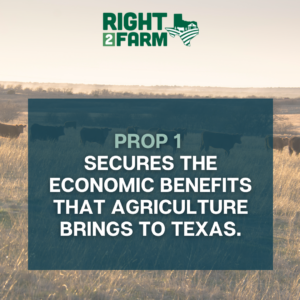 Proposition 1, the Right to Farm and Ranch Amendment, protects the rights of landowners and lessees to engage in commonly accepted agricultural practices on their own properties. Proposition 1 preserves Texans’ access to safe and affordable food for the future by protecting our producers and our state’s agricultural land.
Proposition 1, the Right to Farm and Ranch Amendment, protects the rights of landowners and lessees to engage in commonly accepted agricultural practices on their own properties. Proposition 1 preserves Texans’ access to safe and affordable food for the future by protecting our producers and our state’s agricultural land.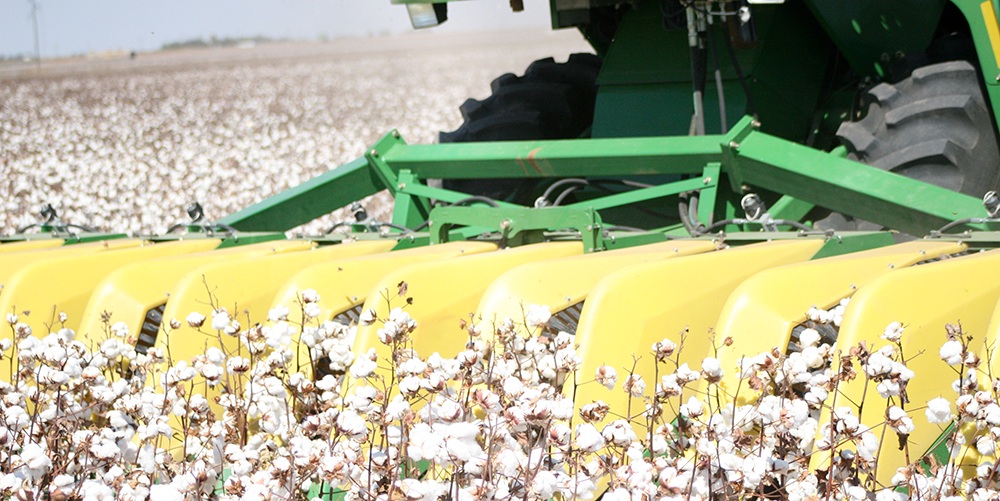
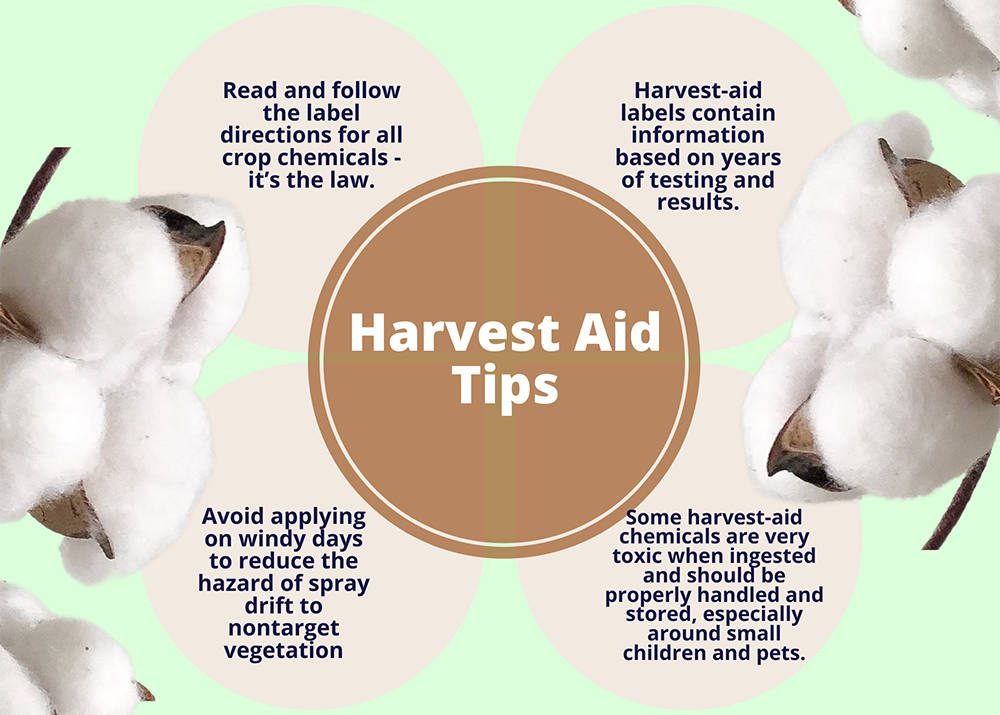
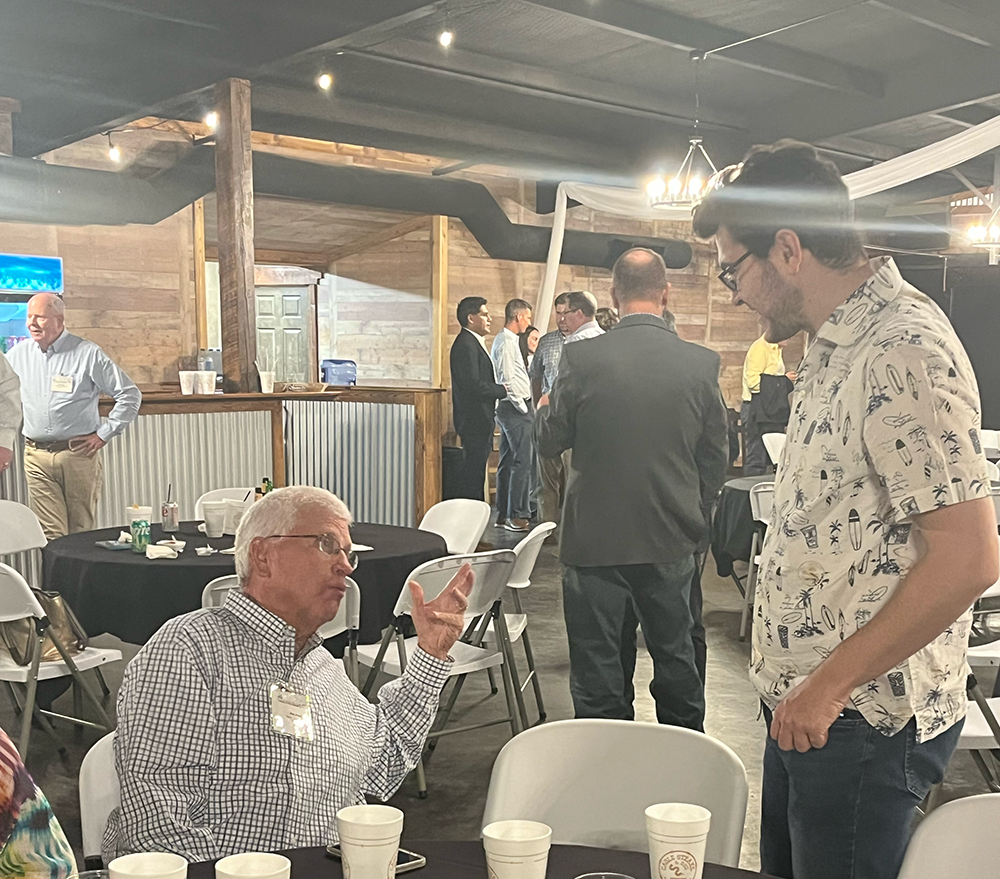

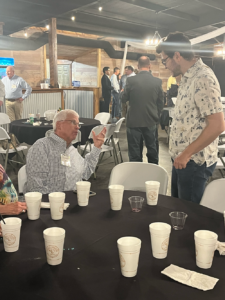
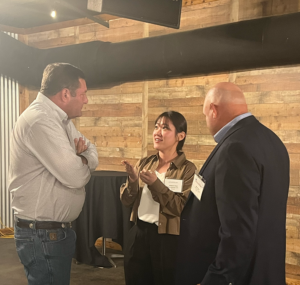



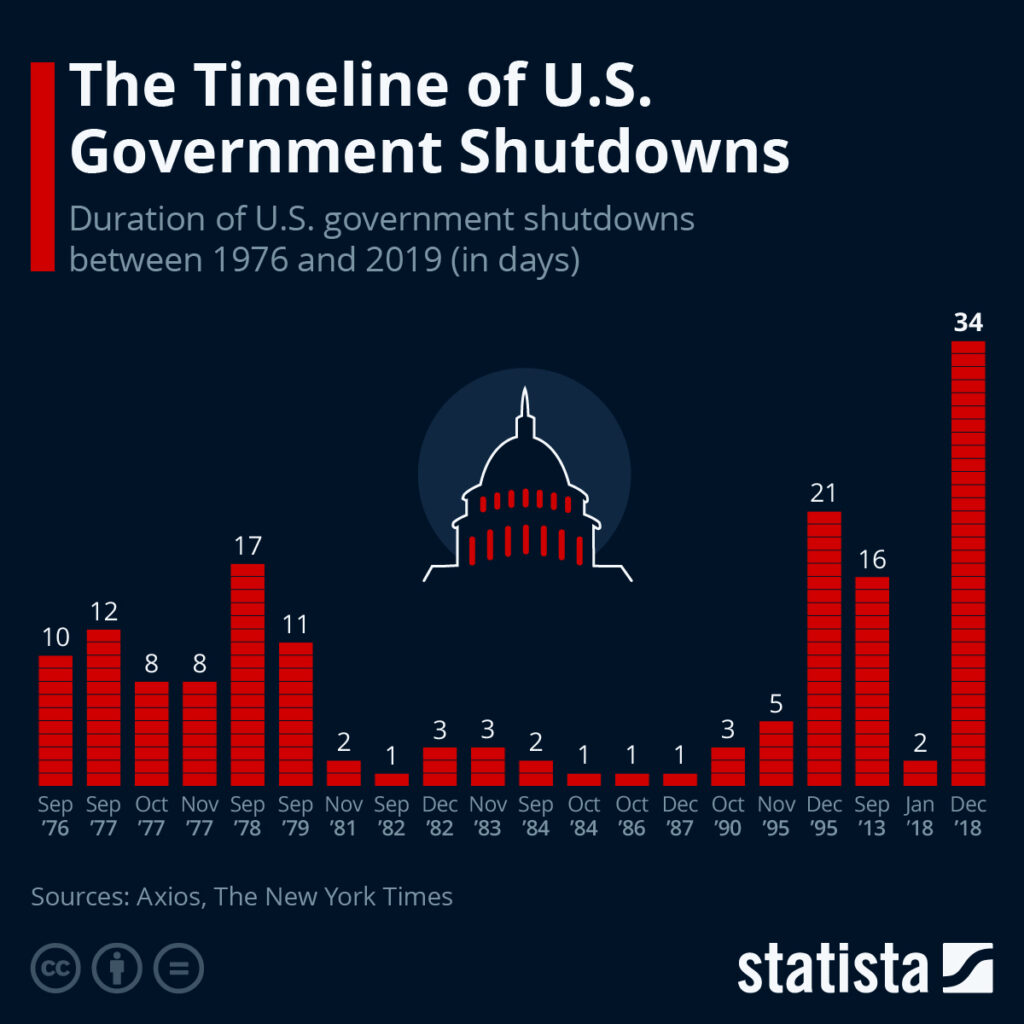


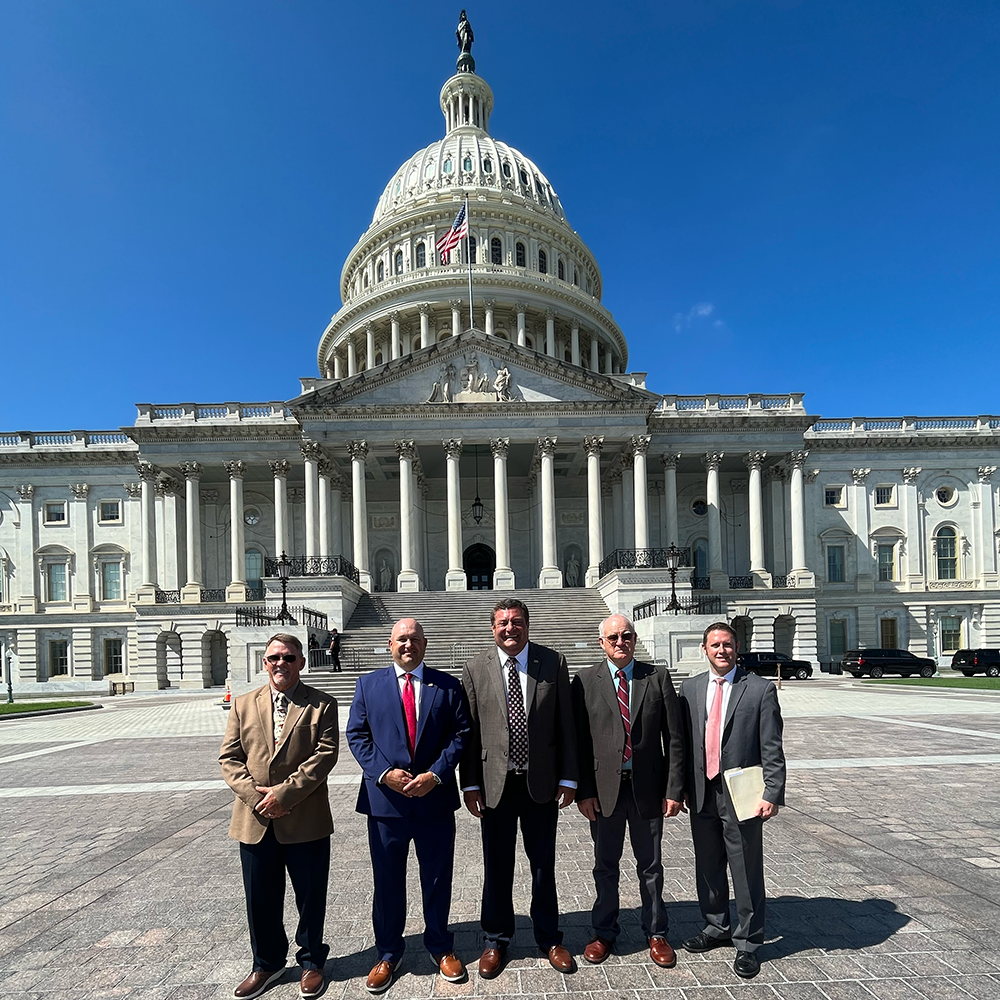
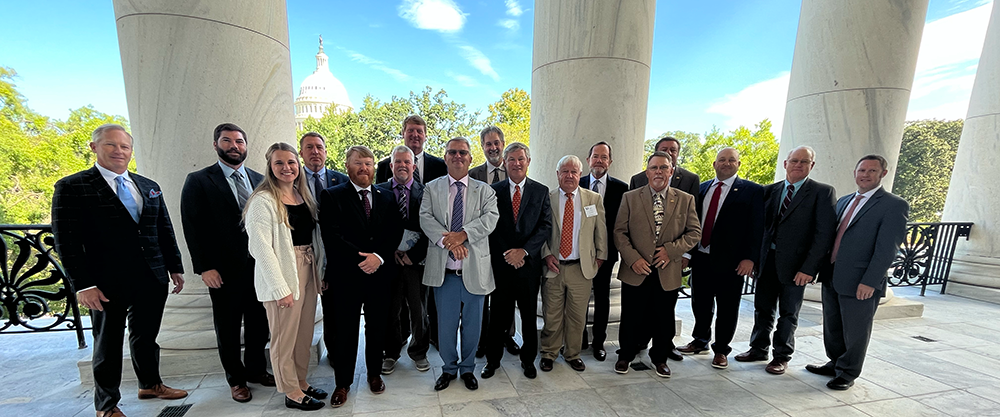
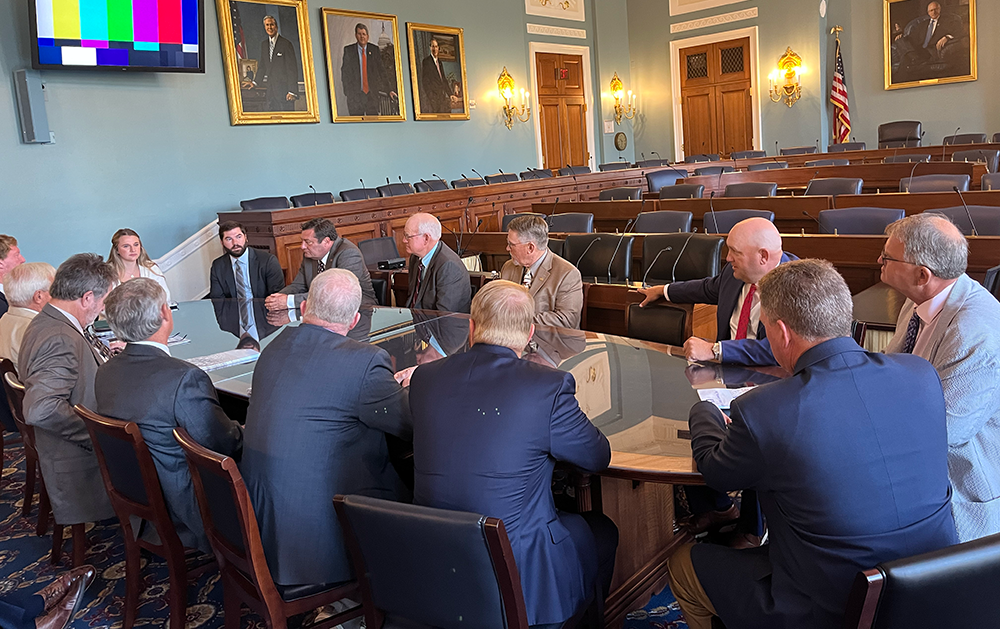

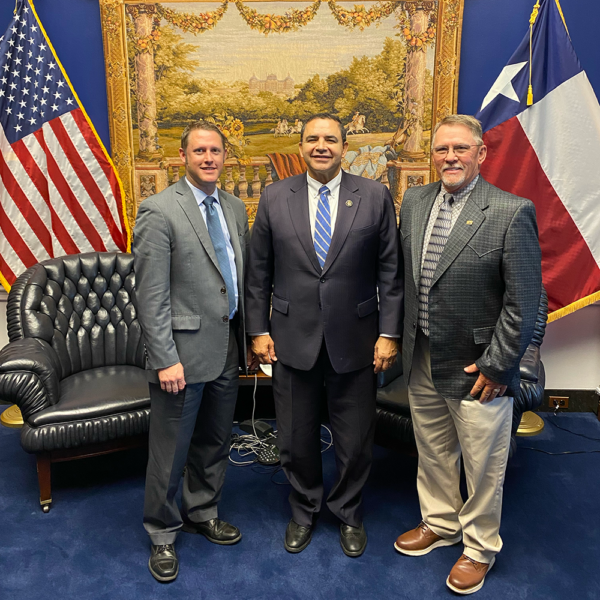
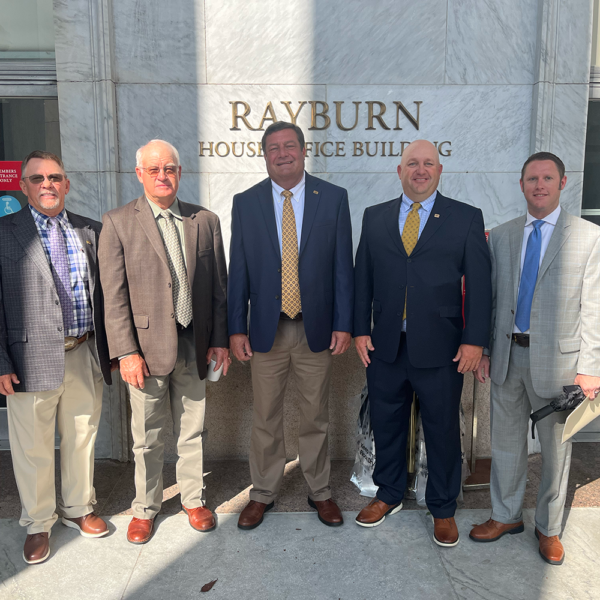
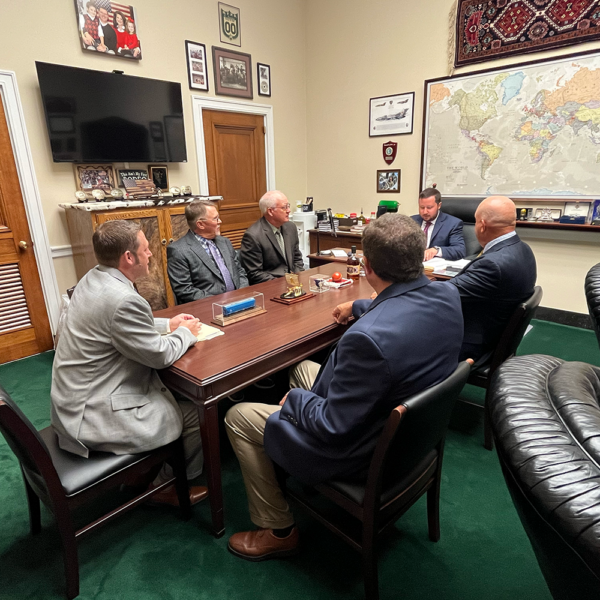
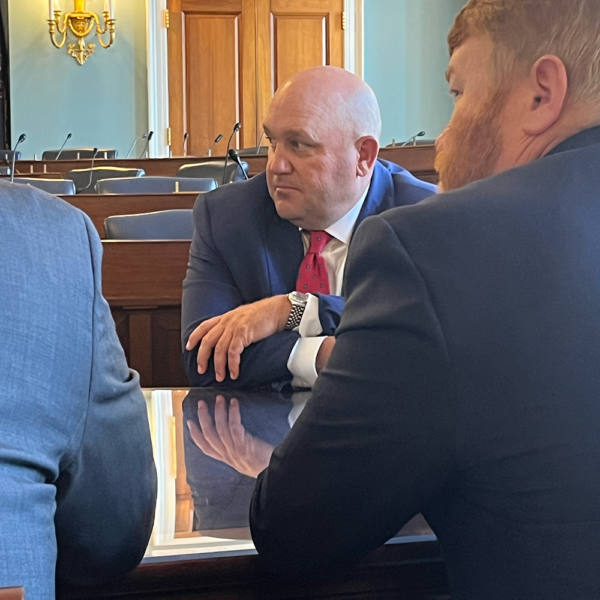
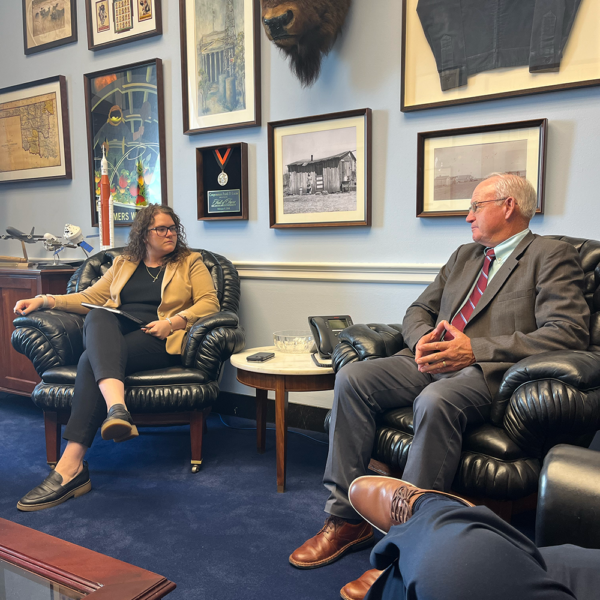
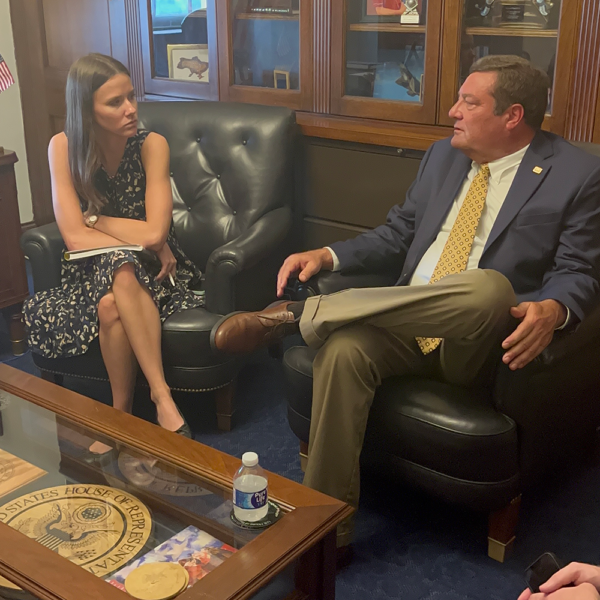
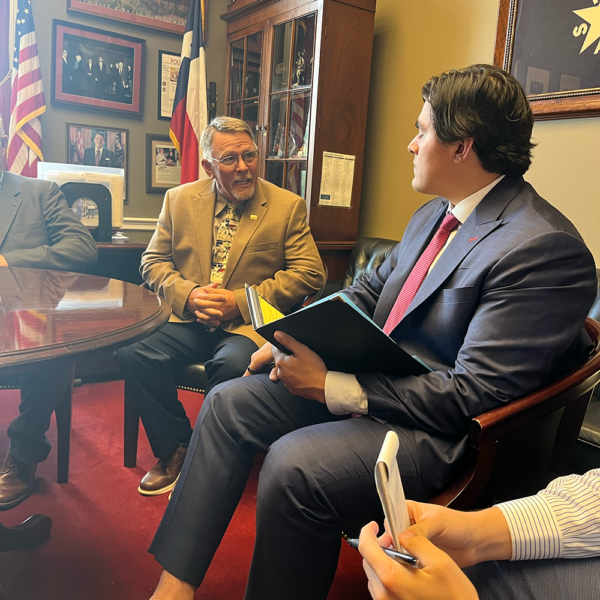
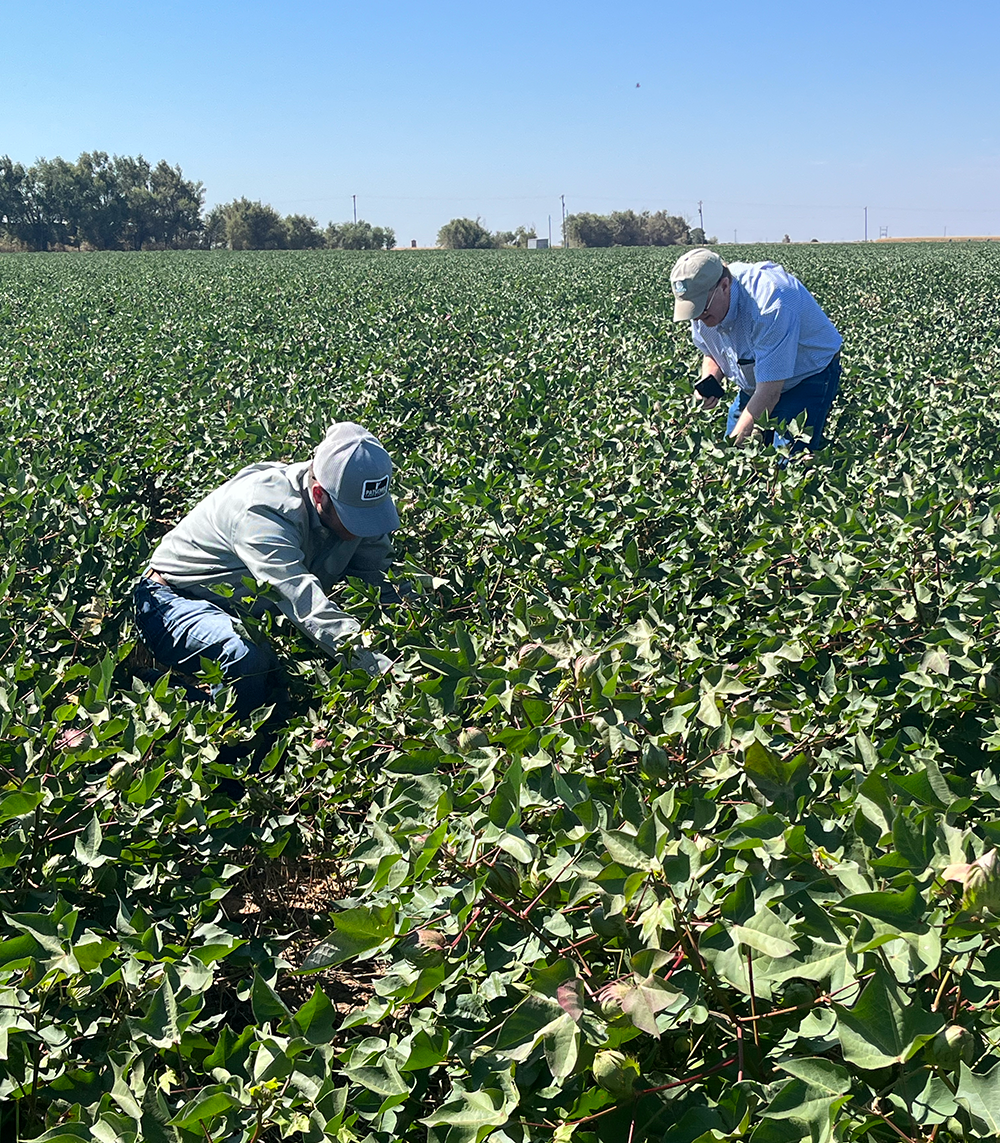
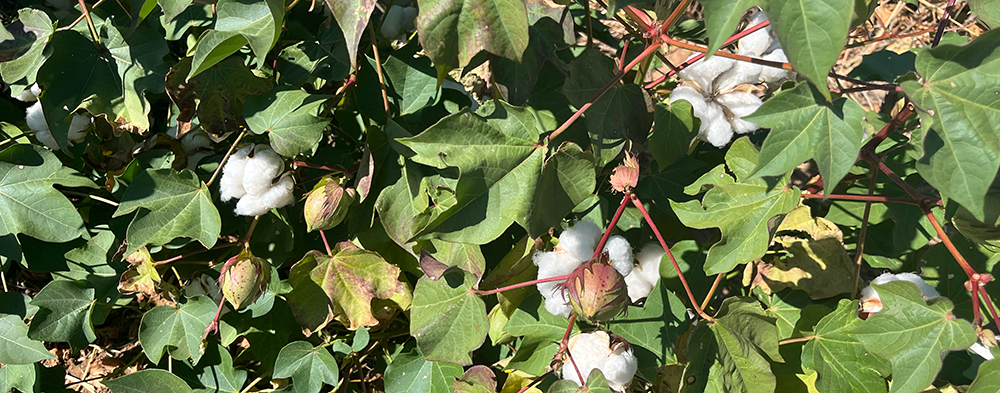

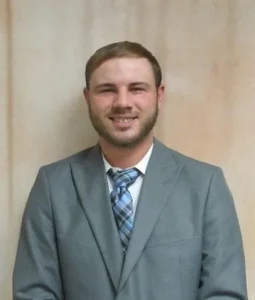




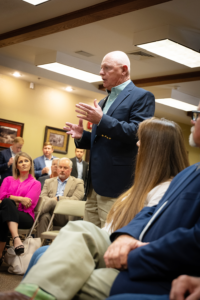

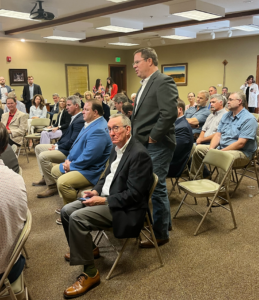 to their livelihood, and by extension, ours. Cotton is unique in that once the cotton is grown and harvested, it relies on a robust infrastructure to process the crop further — larger than that of grains. This cotton infrastructure depends on volume. These last several drought years where the volume has been down has hurt infrastructure, particularly the ginning industry, with no way to benefit from crop insurance as the producer does. If there is any meaningful way to include infrastructure in the Farm Bill, that would be helpful in supporting the cotton industry as a whole,” said Eric Wanjura, president and CEO of Farmers Cooperative Compress.
to their livelihood, and by extension, ours. Cotton is unique in that once the cotton is grown and harvested, it relies on a robust infrastructure to process the crop further — larger than that of grains. This cotton infrastructure depends on volume. These last several drought years where the volume has been down has hurt infrastructure, particularly the ginning industry, with no way to benefit from crop insurance as the producer does. If there is any meaningful way to include infrastructure in the Farm Bill, that would be helpful in supporting the cotton industry as a whole,” said Eric Wanjura, president and CEO of Farmers Cooperative Compress.